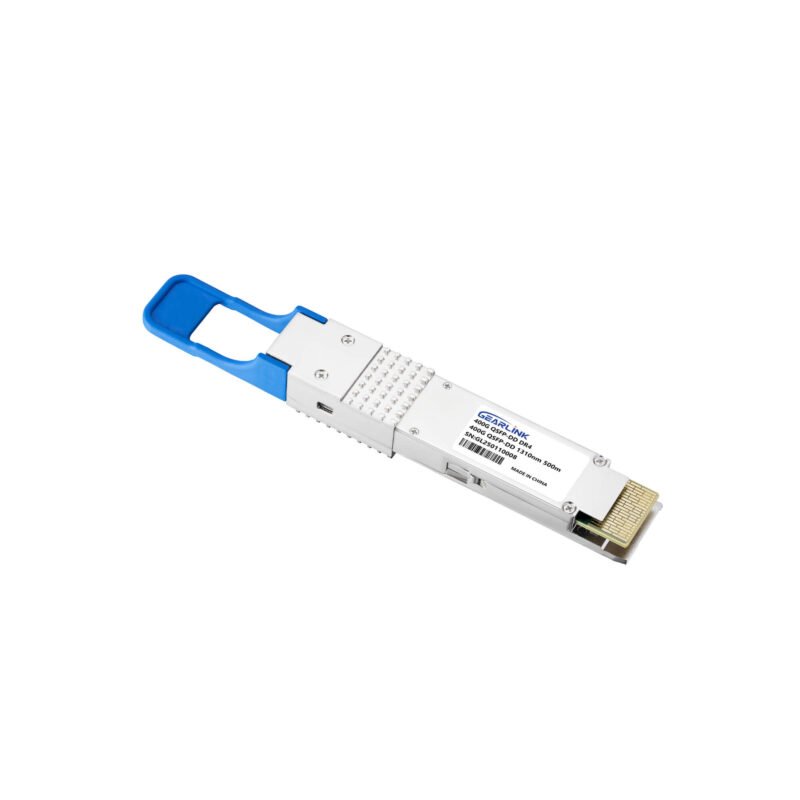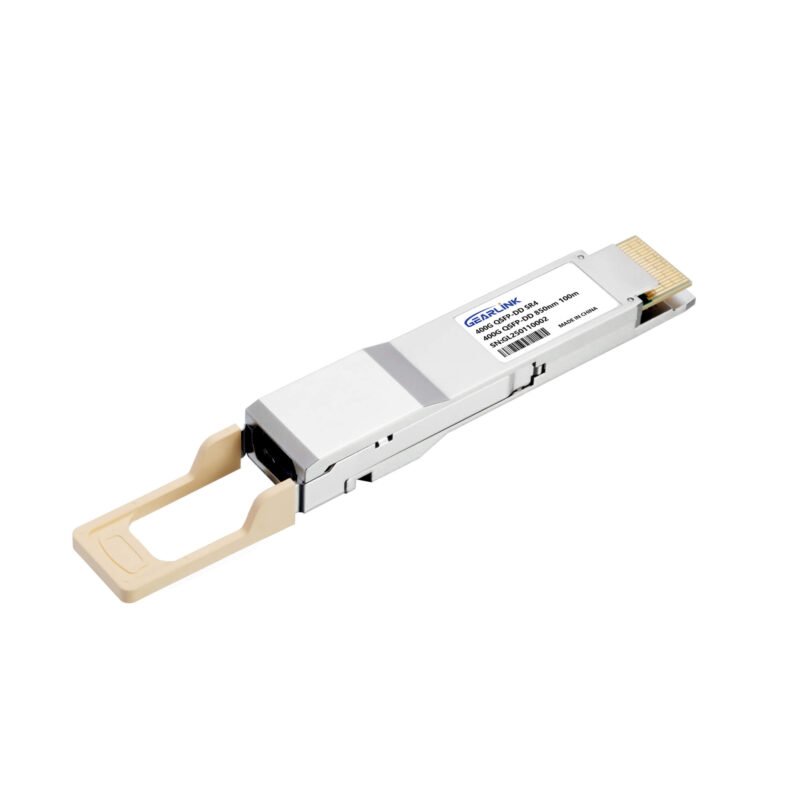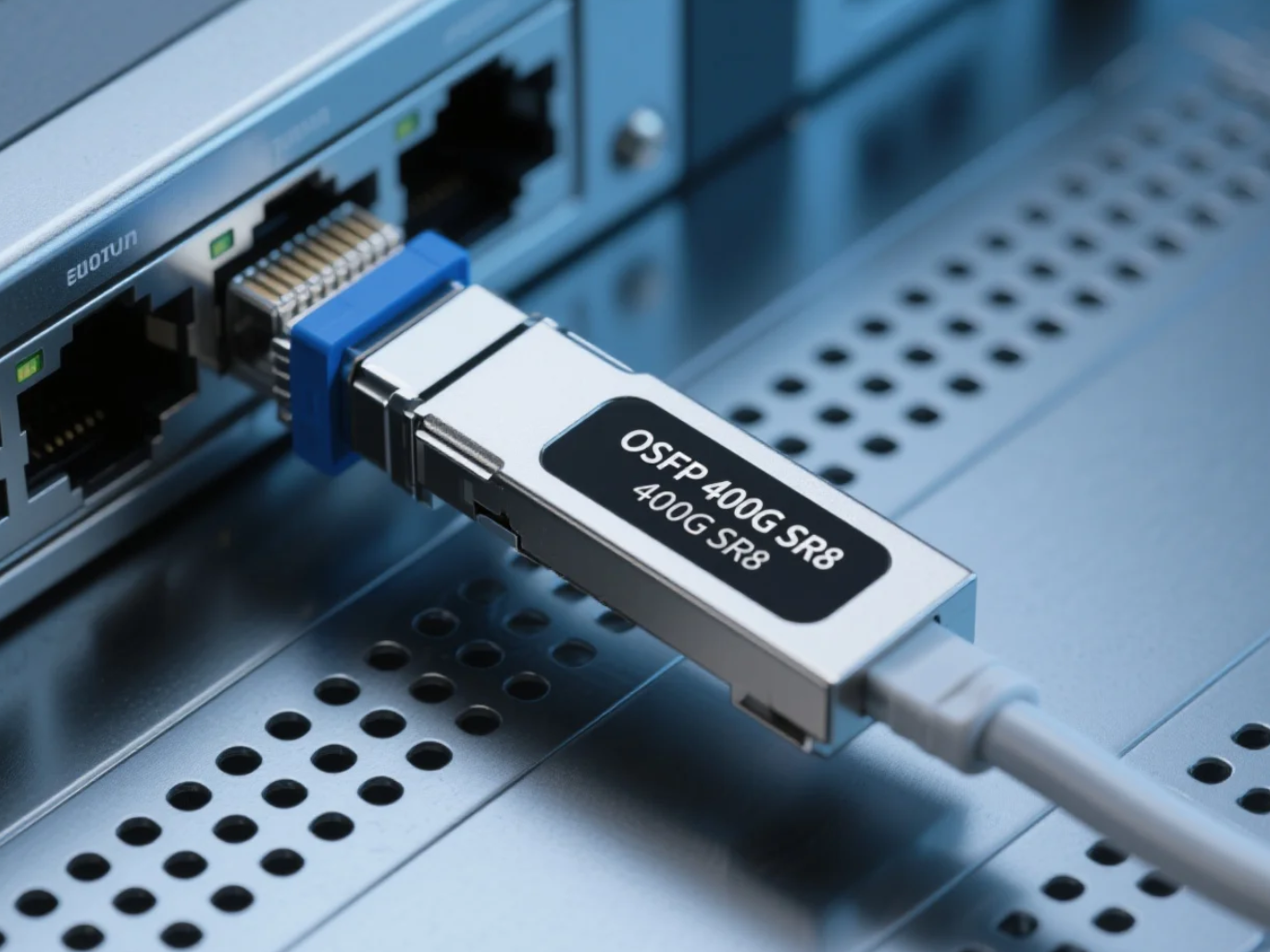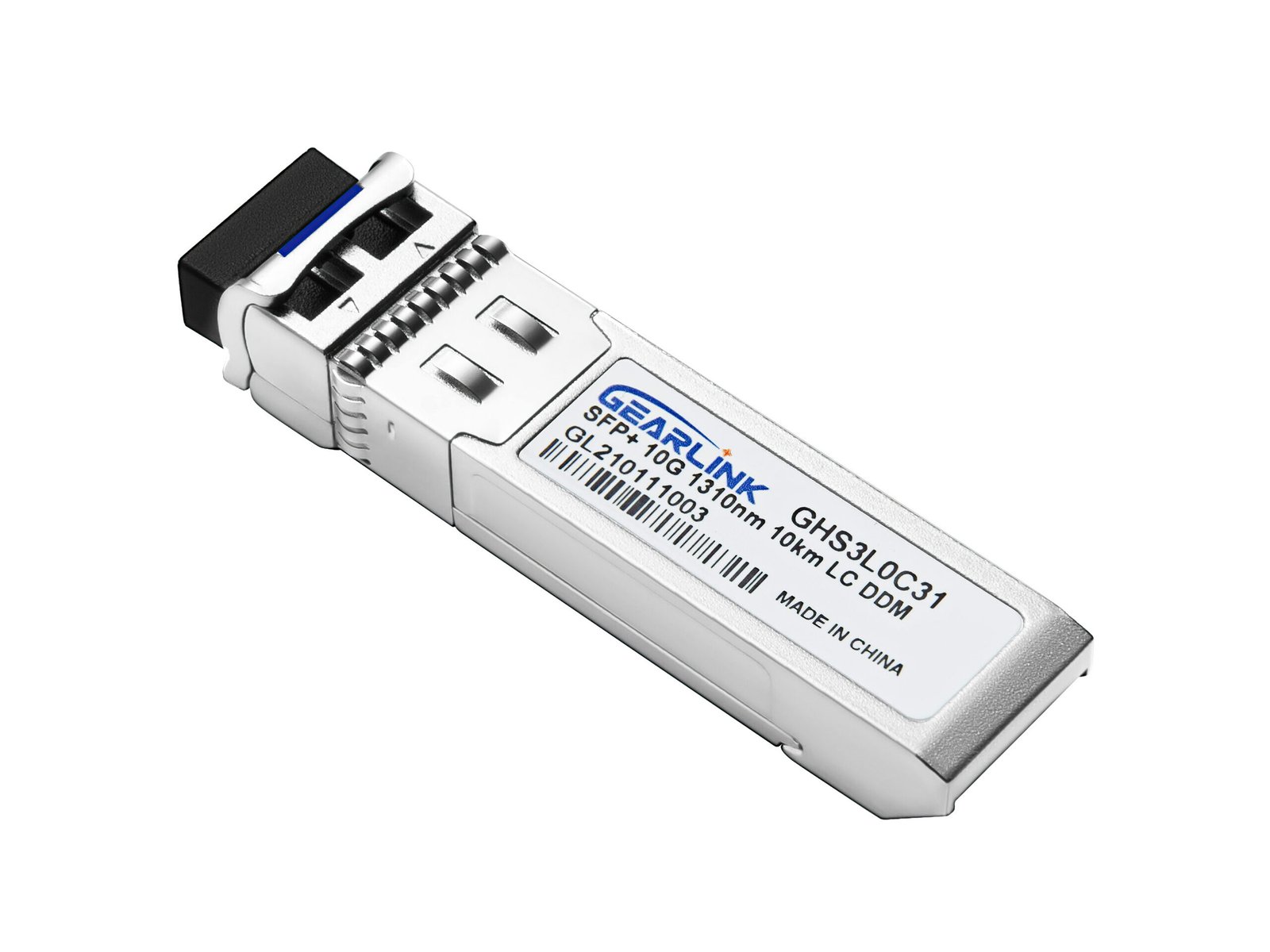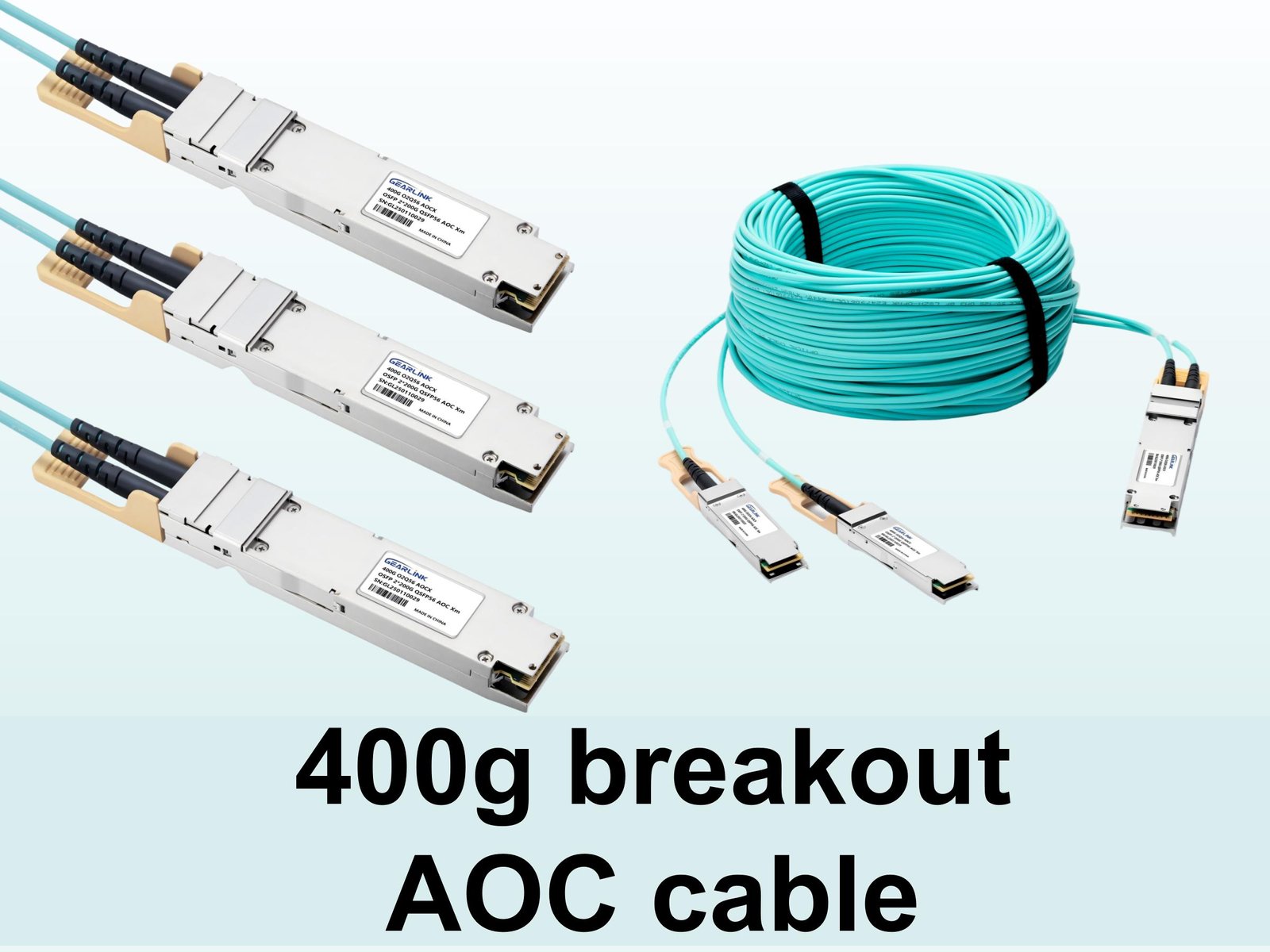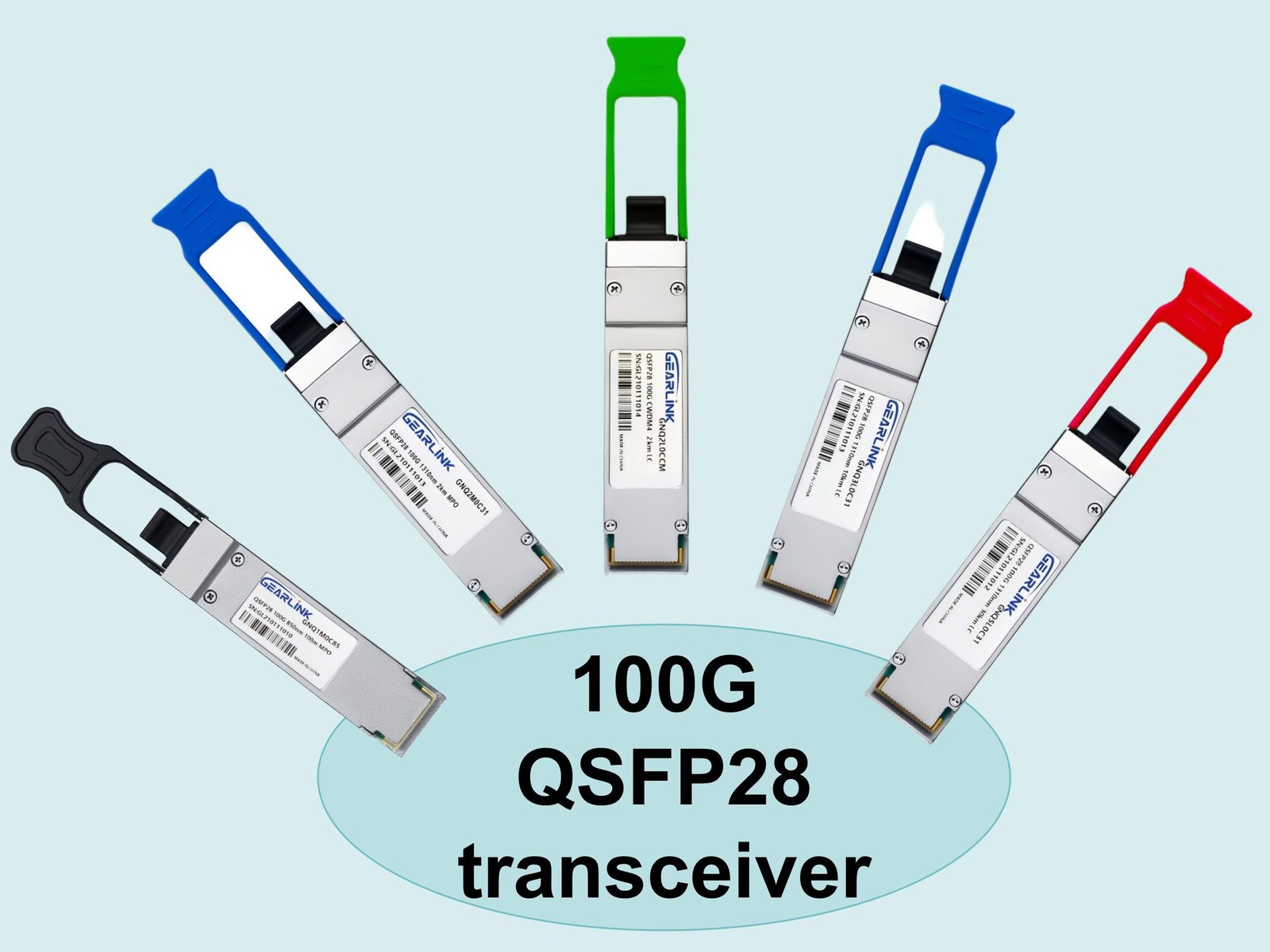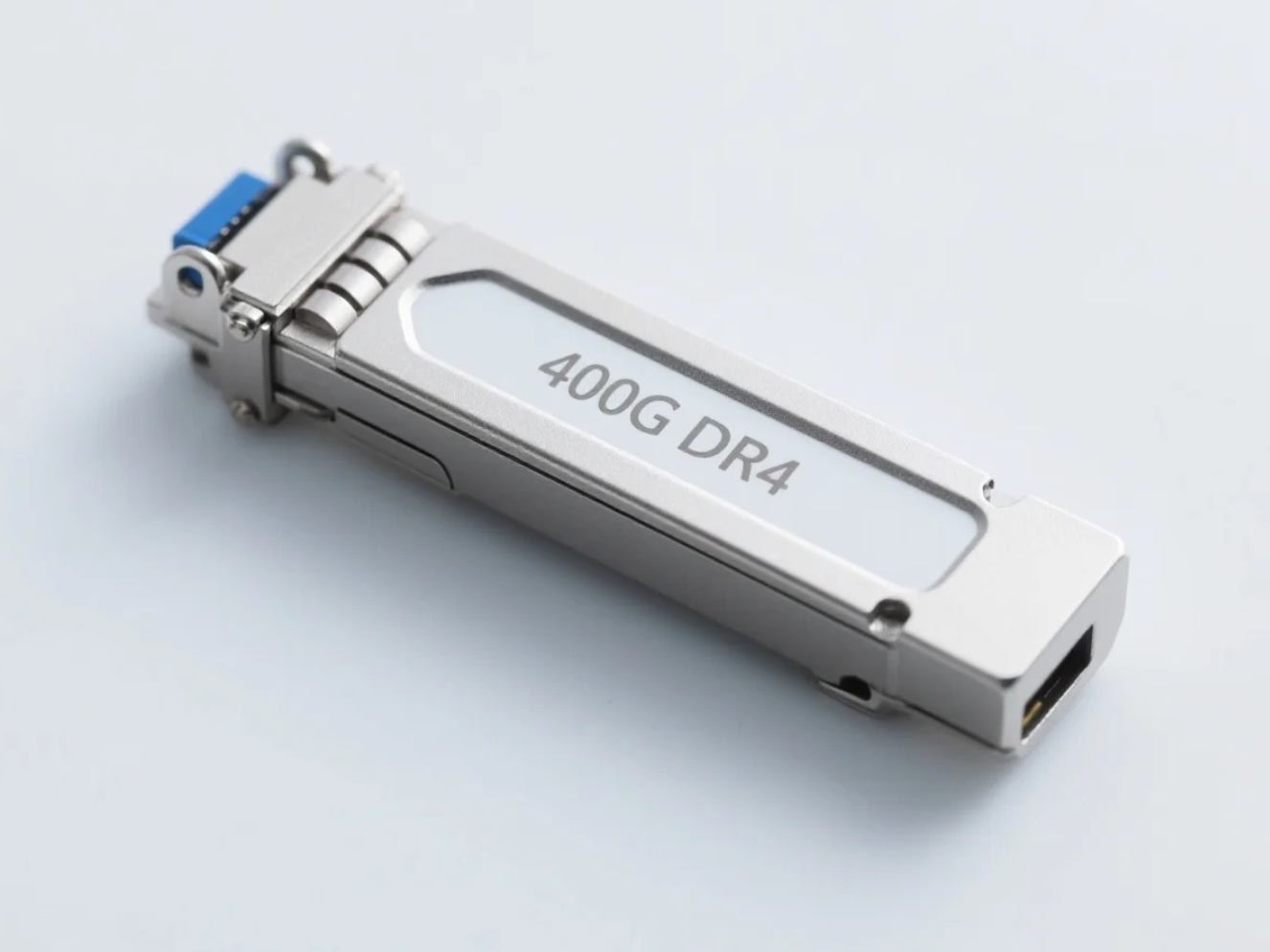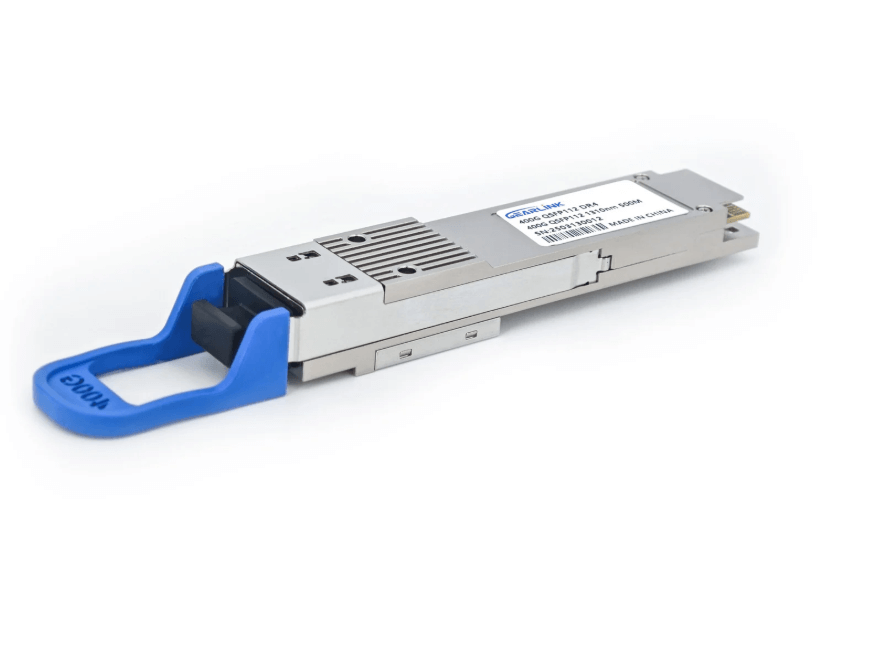Decoding the Need for 400G Connectivity
The digital landscape is undergoing a dramatic transformation, characterized by the insatiable growth of data traffic. This surge is fueled by massive deployments in cloud computing, the global rollout of 5G infrastructure, the explosion of High-Performance Computing (HPC), and the relentless advancement of Artificial Intelligence (AI) and Machine Learning (ML). Consequently, the requirement for network infrastructure capable of handling these monumental data flows has never been more urgent. Network architects and optical module product users are keenly searching for solutions that offer high bandwidth, exceptional density, and manageable power consumption, all while providing a pathway for future scalability. This brings the spotlight directly onto the 400G QSFP-DD wholesale market, a critical enabler for the next phase of optical networking evolution.
The Quad Small Form-factor Pluggable Double Density (QSFP-DD) form factor represents a significant technological leap. It is explicitly designed to meet the demands of 400 Gigabit Ethernet (400GbE), an imperative speed for contemporary data centers and telecommunication networks. Understanding the intricacies of this module and its availability through the 400G QSFP-DD wholesale channel is fundamental for organizations planning significant network upgrades. This exploration aims to provide a comprehensive, value-driven analysis of this vital technology, emphasizing its role in high-speed optical connectivity.
The Technological Nucleus: Understanding the 400G QSFP-DD
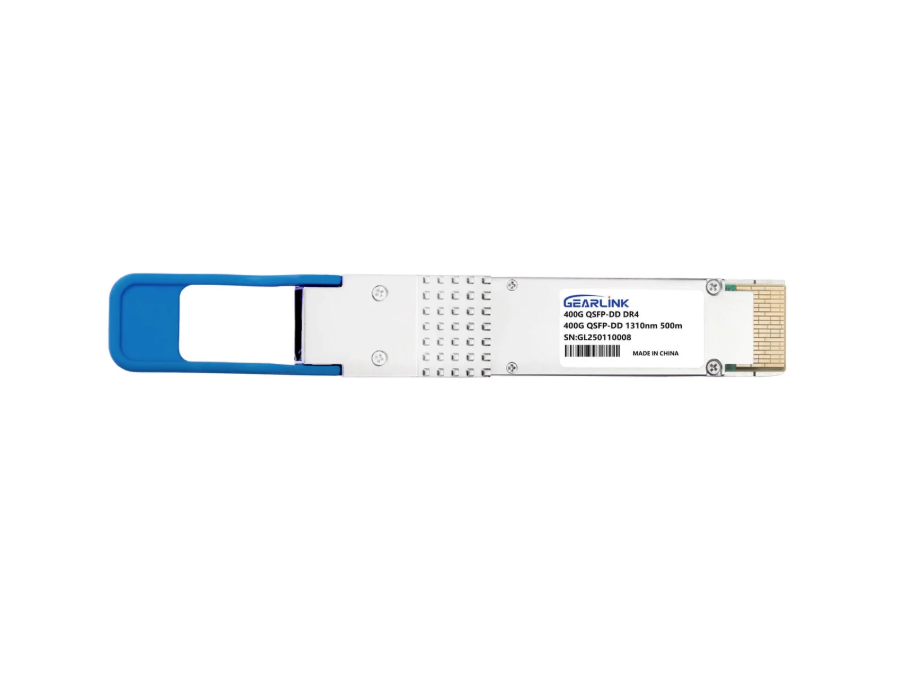
The core strength of the 400G QSFP-DD module lies in its “Double Density” architecture. By leveraging a dual-row electrical interface, the module effectively doubles the number of high-speed electrical lanes from four (found in earlier QSFP generations like QSFP28) to eight. This design innovation is what allows the module to support 400 Gbps aggregate bandwidth within a physical form factor that is remarkably close to its 100G predecessor, the QSFP28.
Crucially, this technology predominantly utilizes Pulse Amplitude Modulation 4-Level (PAM4) encoding. Unlike the simpler Non-Return-to-Zero (NRZ) signaling, PAM4 transmits two bits of data per symbol, essentially doubling the data rate without increasing the signal’s electrical bandwidth. This technological choice is instrumental in achieving the 400G speed requirement, with each of the eight electrical lanes operating at 50 Gbps. A profound understanding of these underlying technical specifications is essential for optical module buyers, as it dictates performance, reach, and power consumption characteristics. Furthermore, the inherent backward compatibility of the QSFP-DD standard with previous QSFP modules—such as 100G QSFP28—provides invaluable flexibility. This feature allows for seamless, stepwise upgrades, protecting prior infrastructure investments and simplifying the network migration process.
Advantages Driven by the 400G QSFP-DD Wholesale Market
The availability of 400G QSFP-DD wholesale products is transforming the procurement strategies of large-scale optical module users by offering a confluence of performance, density, and commercial benefits.
Unprecedented Density and Bandwidth Efficiency
In a hyperscale data center environment, real estate in network racks is arguably the most valuable commodity. The QSFP-DD form factor excels here by enabling a significant increase in port density on networking equipment, such as switches and routers. This ability to deliver 400G per port in a compact footprint maximizes the aggregated bandwidth density of the system. Network operators can therefore handle substantially more traffic using fewer line cards and rack units, directly translating to reduced space requirements and capital expenditure savings. This dense, high-throughput capability is a key value proposition for those engaging with the 400G QSFP-DD wholesale market.
Optimized Power Consumption and Thermal Management
High data rates typically equate to increased power consumption and heat generation—major operational challenges in massive data centers. While operating at 400G, the QSFP-DD form factor is designed with advanced thermal management capabilities. The QSFP-DD MSA (Multi-Source Agreement) specifies enhanced thermal dissipation mechanisms, which, when combined with optimized low-power electronics and the efficiency of PAM4 signaling, result in a highly power-efficient solution relative to the bandwidth delivered. This optimized power-per-bit metric is a critical factor for organizations seeking to manage operational costs and meet growing sustainability mandates.
Diversity of Reach and Application Flexibility
The versatility available in the 400G QSFP-DD wholesale portfolio caters to a broad spectrum of optical networking applications. Different variants of the module are available to address varied distances:
- 400GBASE-SR8: Ideal for very short-reach links within the rack or adjacent racks, utilizing multimode fiber (e.g., up to 100m).
- 400GBASE-DR4/FR4/LR4: These single-mode fiber variants are essential for longer-reach applications, such as inter-rack, intra-data center spine-and-leaf, and Data Center Interconnect (DCI). Distances can range from 500m (DR4) to 2km (FR4) and even up to 10km (LR4), depending on the specific standard and technology employed.
This rich array of module types ensures that network engineers can select the most cost-effective solution precisely matched to the required link distance and fiber type, a flexibility strongly supported by wholesale purchasing.
Deployment Scenarios in Optical Networking
The practical application of 400G QSFP-DD wholesale modules spans the most demanding sectors of the optical communication industry.
Hyperscale Data Centers and Cloud Infrastructure
In hyperscale environments, the 400G QSFP-DD is rapidly becoming the de facto standard. It facilitates the high-speed connectivity required between spine and leaf switches, forming the foundational fabric for modern cloud infrastructure. The ability to support massive east-west traffic flows—critical for distributed cloud applications, virtualization, and clustered computing—is paramount. The high density allows for a flatter, more efficient network topology, reducing latency and simplifying network management. The large-volume procurement inherent in the 400G QSFP-DD wholesale model is perfectly aligned with the scale and cost sensitivity of these operators.
Telecommunications and 5G Backhaul
The global deployment of 5G networks necessitates significant upgrades to backhaul and metro networks to handle the increased traffic volume generated at the edge. Telecom operators are leveraging 400G QSFP-DD modules in their core routing and transport platforms to aggregate and distribute this high-capacity traffic efficiently. The long-reach variants of these modules are instrumental in connecting central offices and regional aggregation points, solidifying the network’s capacity to support next-generation services like enhanced mobile broadband and massive IoT. The long-term stability and professional-grade quality offered by reputable suppliers in the 400G QSFP-DD wholesale sector are non-negotiable for critical public infrastructure.
Enterprise and High-Performance Computing (HPC)
Large enterprises and research institutions with substantial in-house data centers also benefit significantly. For HPC clusters, the low latency and high throughput offered by 400G are vital for parallel processing and rapid data exchange between compute nodes and storage arrays. Upgrading the campus network backbone with 400G QSFP-DD wholesale modules ensures the infrastructure remains future-proof, capable of supporting enterprise-wide digital transformation initiatives and the transition to cloud-like internal service delivery models.
Navigating the 400G QSFP-DD Wholesale Market
Procuring optical modules at a wholesale level demands a strategic, value-focused approach. The true value proposition extends beyond the initial price point. It encompasses crucial factors such as quality consistency, long-term reliability, and technical support.
Optical module users should prioritize suppliers who demonstrate adherence to industry standards, including the QSFP-DD MSA and relevant IEEE Ethernet specifications. Robust quality control and rigorous testing are vital to ensure long-term network stability and prevent costly downtime. A wholesale partner that provides comprehensive documentation, interoperability guarantees, and responsive technical assistance represents a valuable extension of a network operator’s own engineering team. Choosing a supplier that embodies these principles ensures not only competitive pricing but also the enduring performance and dependability required for mission-critical optical networks. The decision to invest heavily in 400G QSFP-DD wholesale is a strategic move that underpins a company’s capacity to thrive in the data-driven future.
FAQ
Q1: What is the primary advantage of 400G QSFP-DD over 400G OSFP?
A: The main advantage of the QSFP-DD form factor is its backward compatibility with existing QSFP form factors (like 100G QSFP28) and its smaller overall size compared to the Octal Small Form-factor Pluggable (OSFP). This makes QSFP-DD a preferred choice for network operators prioritizing high-density, power-efficient upgrades that can utilize existing QSFP cages.
Q2: What does “Double Density” in QSFP-DD actually mean?
A: “Double Density” refers to the module’s ability to support twice the number of high-speed electrical lanes (eight lanes) compared to the standard QSFP form factor (four lanes) within a very similar physical size. This doubled electrical density is essential for achieving the 400 Gbps data rate.
Q3: Which fiber types are supported by 400G QSFP-DD modules?
A: 400G QSFP-DD wholesale modules support both Multi-Mode Fiber (MMF) with variants like 400GBASE-SR8 for short reaches (up to 100m) and Single-Mode Fiber (SMF) with variants like 400GBASE-DR4, FR4, and LR4 for medium to long-distance connections (up to 10km or more). The choice depends on the specific link distance and fiber infrastructure available.
